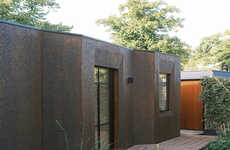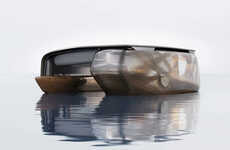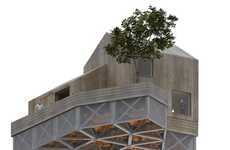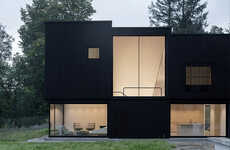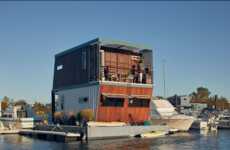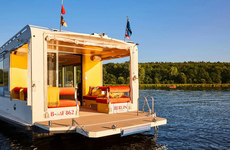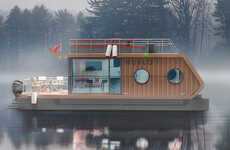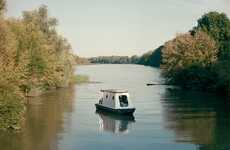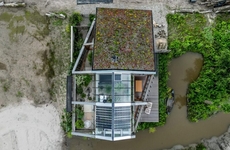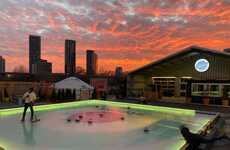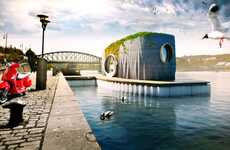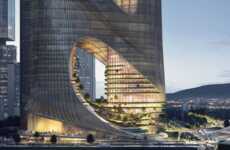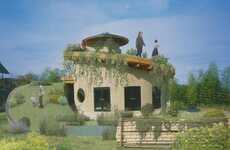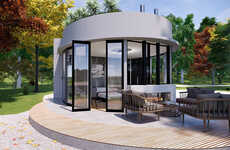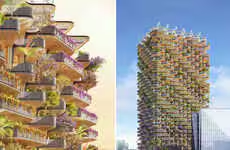
This Dutch Dwelling Has An Array Of Eco-Friendly Design Features
Rahul Kalvapalle — January 23, 2021 — Art & Design
The Schoonschip floating village in the Dutch city of Amsterdam has a new highlight inhabitant in the form of an innovative new floating home, designed by architectural studio i29, that combines an aesthetically pleasing timber exterior and a highly optimized and efficient floor plan to show the way forward for the possibilities of floating dwellings.
This particular floating home has a black timber outer layer, but the use of this dark color that does not ward off natural light, with the open layout, ample windows and uniquely angled roof allowing for maximal capture and distribution of natural light, which also reduces the need to use up valuable electricity by keeping the lights on all the time.
In fact, this floating home is full of eco-friendly features that include high-efficiency insulation, solar panels and wastewater treatment, making this a true template for the possibilities of sustainably designed dwellings.
This particular floating home has a black timber outer layer, but the use of this dark color that does not ward off natural light, with the open layout, ample windows and uniquely angled roof allowing for maximal capture and distribution of natural light, which also reduces the need to use up valuable electricity by keeping the lights on all the time.
In fact, this floating home is full of eco-friendly features that include high-efficiency insulation, solar panels and wastewater treatment, making this a true template for the possibilities of sustainably designed dwellings.
Trend Themes
1. Sustainable Floating Homes - Designing homes with eco-friendly features that make use of renewable resources such as solar power, wastewater treatment, and high-efficiency insulation.
2. Timber Sheathed Homes - Using timber wood for aesthetic and structural purposes as well as being a versatile and sustainable renewable material.
3. Optimized Floor Plans - Creating open floor plans with ample natural light and unique angles to accommodate maximum use and distribution of natural light and reduce the need for artificial lighting and energy consumption
Industry Implications
1. Construction - Innovative uses of sustainably sourced materials, like timber wood, and eco-friendly features like solar panels and efficient insulation can revolutionize the construction industry to provide more sustainable housing options
2. Renewable Energy - Designing sustainable homes with efficient solar panels and wastewater treatment can contribute to the growth of the renewable energy industry.
3. Architecture - Maximizing natural light with unique angles and open floor plans, while also incorporating eco-friendly features, can inspire disruptive innovations in the architectural industry.
3.4
Score
Popularity
Activity
Freshness

